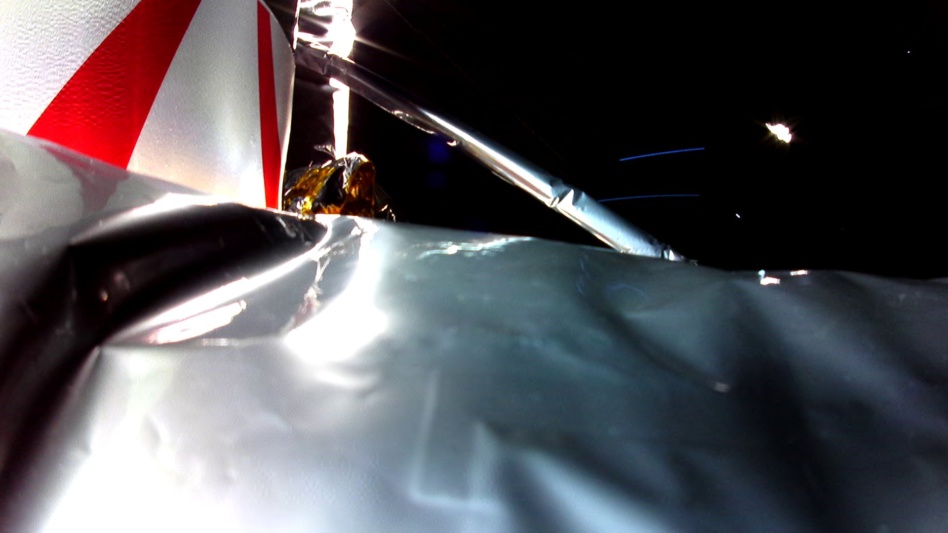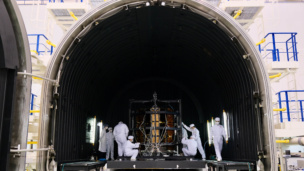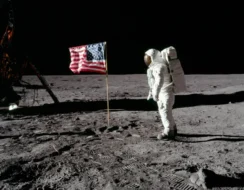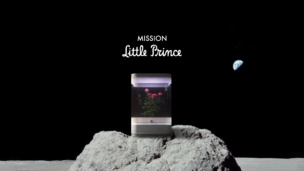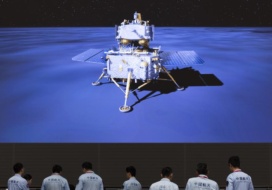Astrobotic’s bid to be the first private craft to soft land on the Moon is seemingly over.
It’s the second failed commercial lunar mission in less than a year after ispace crashed into the Moon in April, proving the one thing we all know to be true—space is hard.
Peregrine 101: The Peregrine lunar lander from the Pittsburgh-based company was heading to the Moon as part of NASA’s Commercial Lunar Payload Services (CLPS) program, an effort for the government to harness the commercial sector’s momentum in the Moon.
Peregrine’s mission, which was expected to be the first of the CLPS program, had five NASA payloads onboard, including tools to look for water, measure radiation, and study the lunar exosphere. It was targeting a soft landing on Feb. 23.
What went wrong: Shortly after lifting off aboard the Vulcan rocket’s maiden flight on Monday, the company announced that a propulsion anomaly prevented the lander’s solar panels from facing the Sun. As the lander’s battery reached “operationally low levels,” the team tried to reorient the craft to face the Sun.
While the maneuver was successful, and the battery was fully charged by the Sun, the propulsion failure spelled the end of the spacecraft’s journey to the Moon due to a “critical loss of propellant” that is overtaxing the Attitude Control System thrusters. Late Monday night, Astrobotic estimated the mission likely has ~40 hours of fuel left.
“At this time, the goal is to get Peregrine as close to lunar distance as we can before it loses the ability to maintain its sub-pointing position and subsequently loses power,” the company said in a statement.
NASA’s take: The space agency took the failure in stride, highlighting the opportunity for lessons learned rather than lamenting the loss of its science payloads aboard the lander.
“Each success and setback are opportunities to learn and grow,” Joel Kearns, deputy associate administrator for exploration at NASA’s science mission directorate, said in a statement. “We will use this lesson to propel our efforts to advance science, exploration, and commercial development of the Moon.”
Try, try again: Astrobotic’s next steps aren’t clear yet, but the CLPS program will get another shot at a successful first mission next month, when Intuitive Machines is expected to launch its lunar mission.
